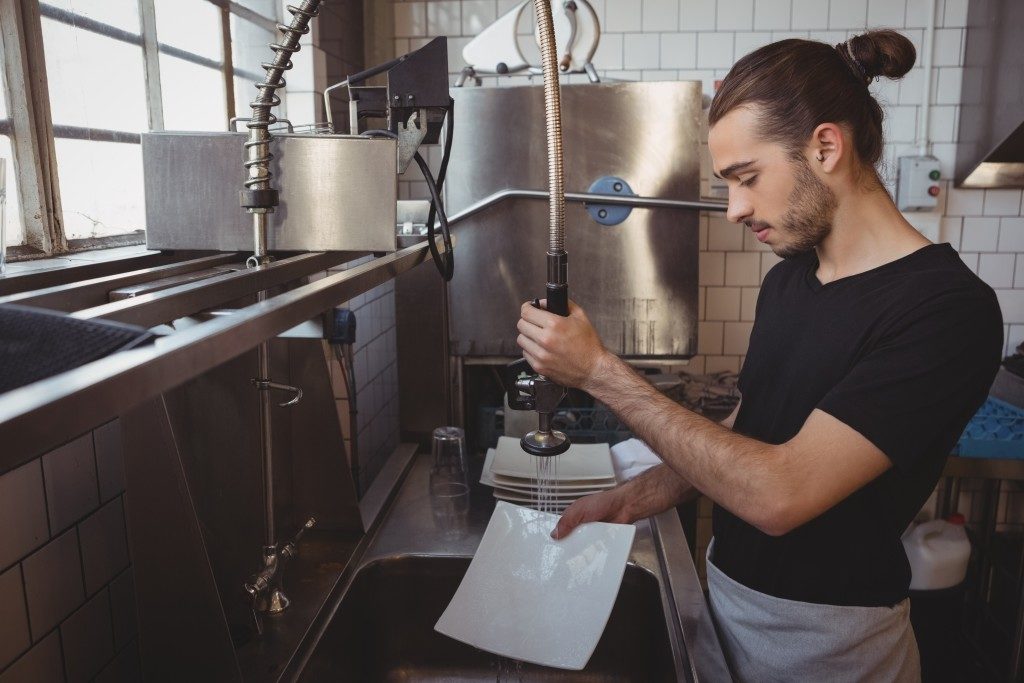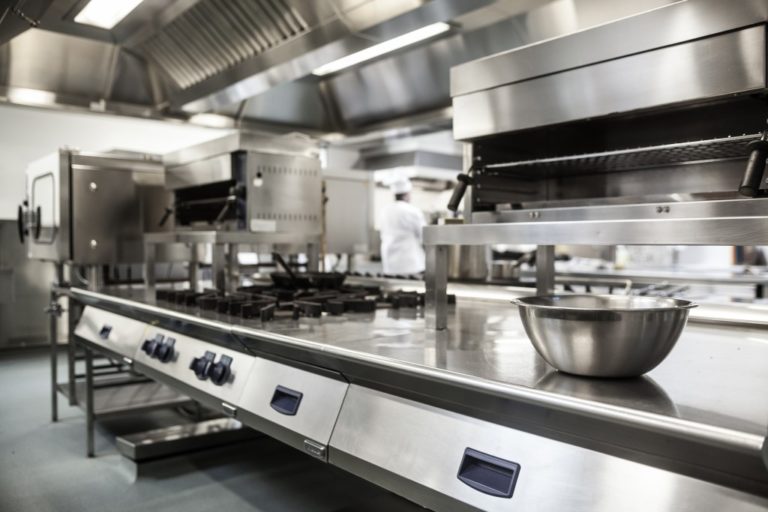Is your food facility clean and pest-free?
Flaws in your sanitation plan could cost you big time. According to Quality Assurance Magazine, there is no ceiling to the dollar cost of stored product damage due to pest infestation. You waste millions of dollars from product recall and now useless product branding and marketing. And you spend more money to deal with damaged reputation and possible liability in distributing contaminated goods.
But how does it happen? How does your facility end up compromising its sanitation and safety?
1. Failure to use an integrated approach.
Food Safety Magazine recommends an Integrated Pest Management (IPM) approach to pest management and sanitation planning for your food business. IPM is an intelligent approach that focuses on the sources of sanitation issues, and not just on eradicating pests inside and outside of your building.
Take for instance the case of the soda manufacturer who could not figure out why his facility had fruit flies. When an inspector visited, he discovered soda spillage near the walls. But it was covered by pallets pushed haphazardly against the walls, making it difficult to inspect and clean the area.
Pests exist when they have access to food, water, and shelter. With IPM, your goal is to eliminate access to these sources or eliminate these sources. You can do this through exclusion, or by keeping pests out, and sanitation, or by keeping things clean.
To account for every nook and cranny in your food facility, , or a list of areas and possible causes of pest infestation in those areas. Just like the inspector who visited the soda manufacturing plant, thoroughly inspect your facility for possible breeding grounds and entry points for pests, like termites, insects, rodents, birds, and other wildlife.
Take note of garbage dumps, dining or snacking areas, areas exposed to moisture and rain, or areas that are difficult to sanitize. Identify doorways, windows and ventilation systems, drainage, ducts, and other possible entry points.
2. Failure to follow through.
Steve’s Real Food of Salt Lake City, UT, a cat and dog food manufacturer, voluntarily recalled three of its products for possible Salmonella and/or L. mono contamination in 2018. Bird droppings and mice feces contaminate food and water with Salmonella. Although we cannot assume that Steve’s Real Food products were contaminated due to bird infestation, this is one angle that should be investigated.
Don’t let your efforts wane just because you made good progress with your sanitation efforts. Doing this could cost you big time. If you’ve detected signs of bird infestation in any of your food handling facilities, get a reputable bird removal company.
Fortunately, there were no reported incidents of illness caused by Steve’s Real Food products. The product recall, which cost the brand a lot of money, is a small price to pay for preventing potential backlash had the products actually made its consumers sick.
3. Failure to get everyone fully onboard.

In Norway, a dumpster that became a breeding ground for river rats was located near the doorway of a facility that operated 24/7. The doors had motion detectors to keep it closed when not in use, but workers put a tape over it to keep the door open. As expected, rats gained easy access to the facility, contaminating food ready for shipping to customers.
A successful and effective sanitation protocol is only possible through the combined efforts of pest management professionals, your company’s key quality and sanitation personnel, as well as the rest of your staff. It cannot just be you and your plant sanitation manager. Your pest control provider can’t do all the work either, although they can provide your staff training on how to monitor and maintain your sanitation SOPs.
The case of the Norway river rats teaches us a lesson: If you want your sanitation plan to work, your employees have to truly recognize its value and importance.
Working toward a clean and pest-free food facility is challenging but also rewarding. For a successful sanitation plan, apply an Integrated Pest Management (IPM) approach, ensure that everyone is onboard, and to be vigilant in following through proper implementation.




